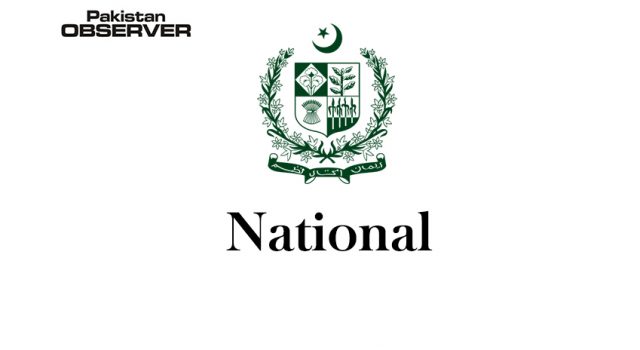Hananah Zarrar
OPERATION Swift Retort and subsequent events stands as the most instructive ones in the recent history of aerial conflicts between the two neighbouring South Asian nuclear-armed states.
Two years after the Indian Air Force’s hostile misadventure and Pakistan Air Force’s prompt retort – a major loss of face for India, there is a need to analyze lessons learnt by both sides in order to deal with future airspace conflicts and escalatory scenarios.
India’s humiliation and Pakistan’s victory helps one predict the nature and strategy of future aerial conflict between the two.
Swift Retort, briefly but was an operation that demonstrated the Pakistan Air Force’s capability during crisis and shows its strong resolve under pressure below the escalatory threshold.
The success of this Operation was determined by the degree of its timeliness and its ability to punish the aggressor and terminate the conflict below threshold.
The predominant role of information, effective communication and calculated planning characterized the victory of the mission.
For India, Swift Retort caused an on-ground debacle and worldwide defame. It exposed IAF’s miscalculated approach and ignorance regarding the battlefield theatre and Pakistan’s response options.
Moreover, India’s defeat drew it towards escalation beyond the nuclear threshold that was prevented by Pakistan’s effective and timely decision-making and peace restoring gesture of releasing the captured pilot.
To compare, the cost of the MiG-21 is USD 25.1 million, while a Sukhoi SU-30 costs USD 37.5 million.
Yet, the escalatory scenario caused by shooting down the MiG-21 demands that one also include in this the cost of human involvement in the shape of the captured pilot which is, in fact, the true cost of war.
This human element made this aerial encounter more costly for India in terms of its political and diplomatic consequences for a country projecting itself as the regional hegemon.
The events of February 2019 validate that the significant role of information, qualitative training and combat skills must never be underestimated during crisis situations.
Secondly, it provides a major lesson that the human factor (an actual Prisoner of the Clash/War),rather than loss of the SU-30 and MiG-21 combined, could be seen as basic escalatory causes.
Thus, gradual removal of this human element from the tactical level -lowest end of the war spectrum/battlefield- could lessen the chances of escalation to full-scale war.
Thus, it is likely that any future bilateral conflict may be heading towards the ‘No or Non-Contact Warfare’ which India is already claiming as seen in its recent official statements.
The political cost for Indian government and the institutional insult of the Indian Air Force as an outcome of the PAF’s Swift Retort may be pushing India to review the concepts of its war doctrine.
Non-Contact Warfare (NCW) is a further evolution of hybrid warfare in which specific types of kinetic and non-kinetic capabilities are used that aims at reducing physical contact and cost of warfare on political front while disrupting or destroying enemy’s war-waging capacity through the employment of information operations, cyber operations, and most importantly the autonomous weapons (UCAVs).
This means that, India is likely to accelerate or expand its program of drone development and acquisition, and unmanned combat systems that could result in increased unmanned aerial attacks across the Line of Control in the future.
Unmanned combat systems have two major advantages: one, these limit the loss or damage of own forces. Second, UAVs and UCAVs are cost-effective in comparison to human-inhabited combat aerial vehicles.
Secondly, India is likely to invest heavily in its cyber offensive capability against Pakistan and China, and is likely to try being reckless again in this domain as well.
Thirdly, information operations (info-ops) remain vital in disrupting and denying an adversary’s war-fighting capacity.
Operation Swift Retort provides the perfect example that there is a difference between access of information and use of that accessible information. Access of information cannot be fruitful unless and until it is used wisely.
The Pakistan Air Force justified and proved its capability two years ago, while Pakistan’s government also proved the superiority of its diplomatic skills and restraint.
In similar vein, in the future, Pakistan needs to remain proactive in assessing India’s non-contact means of warfare under its continually threatening and aggressive posture.
At utmost, a nuclear-armed state must absorb and retain self-deterrence -it must be better ‘restrained by self-imposed reputational concerns based on moral, legal, and other normative considerations’- rather than practicing misadventures and risking miscalculations with its equally capable nuclear-armed neighbour.
—The is a researcher at the Centre for Aerospace & Security Studies (CASS). She can be reached at: [email protected]










